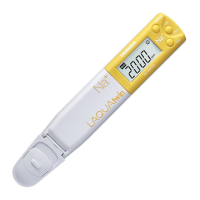
Do you have a question about the horiba LAQUAtwin-Na-11 and is the answer not in the manual?
| Power Supply | 2 x AAA batteries |
|---|---|
| Display | LCD |
| Automatic Temperature Compensation | Yes |
| Measurement Method | Ion-selective electrode method |
| Measurement Range | 0 to 1000 mg/L Na+ |
| Resolution | 1 mg/L |
| Sample Volume | 0.3 mL or more |
| Operating Temperature | 5 to 40°C |
Model name of the compact water quality meter.
Identifies the ion being measured, e.g., Sodium ion (Na+).
The method used for measurement, e.g., ISE method.
The required amount of sample for accurate measurement.
The concentration range the meter can measure.
The precision of the displayed measurements.
Number of calibration points supported by the meter.
Type of display and backlight information.
Recommended temperature and humidity for operation.
Battery type and estimated battery life.
Construction material of the meter's main body.
Physical size of the water quality meter.
Weight of the meter, excluding batteries.
Replacement sensor unit for sodium ion measurement.
150 ppm standard solution for calibration.
2000 ppm standard solution for calibration.
Disposable sheets for handling small sample volumes.
Steps to turn the meter on and initial display.
Steps to turn the meter off.
Number of calibration points supported.
Procedure for performing multi-point calibration.
Handling and interpreting calibration error codes.
How to apply the sample to the sensor.
Switching between AS and AH measurement modes.
Mode for stable readings with an indicator.
Mode that locks the reading after stabilization.
Using sampling sheet for small sample volumes.
How to switch between concentration, temperature, and voltage displays.
Proper procedure for storing the meter.
Calibrating the meter's temperature sensor.
Resetting the meter's calibration data to default.
Resetting all meter settings to factory defaults.
Ions that may affect measurement accuracy.
Methods to verify the sensor's integrity.
Limitations for sample temperature measurement.
Troubleshooting a stuck measurement reading.
Interpretation of range indicator blinks.
Meaning of a blinking temperature indicator.
Troubleshooting steps for power issues.
Understanding and resolving calibration error messages.
Conditions that can affect measurement accuracy.
Guidance on preparing custom calibration solutions.
Changing measurement units (ppm, mg/L).
Selecting AS or AH measurement modes.
Adjusting a compensation coefficient.
Turning the display backlight on or off.
Setting the concentration for the first calibration point.
Setting the concentration for the second calibration point.
Finalizing and saving setup mode changes.
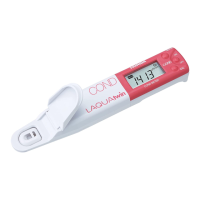
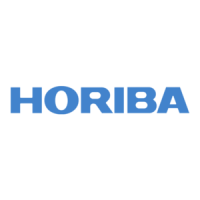
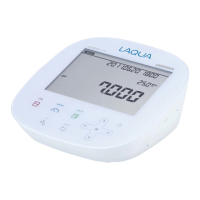
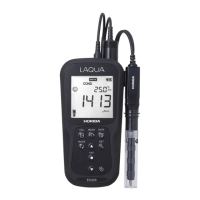
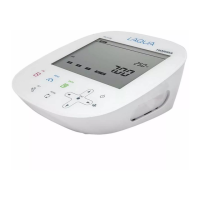


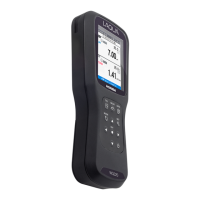
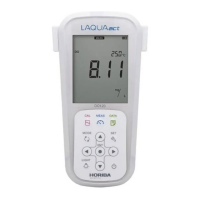
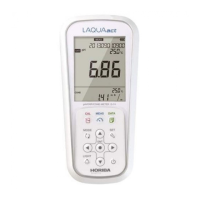
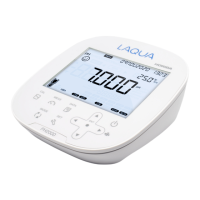
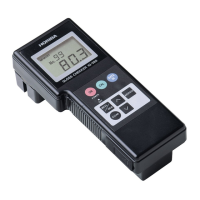
